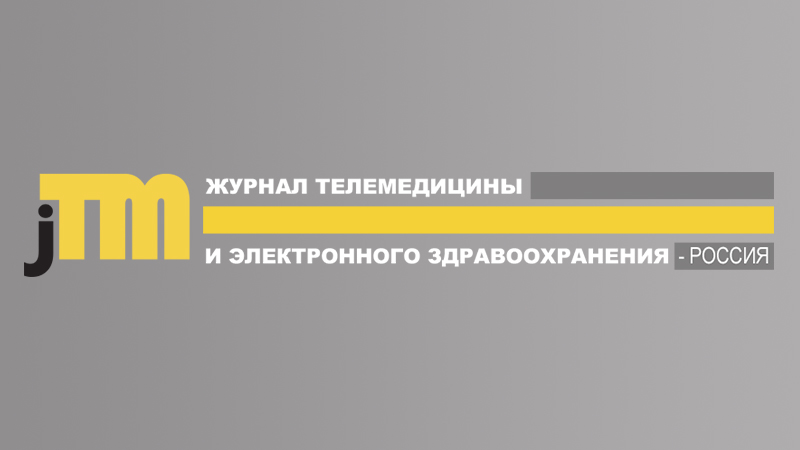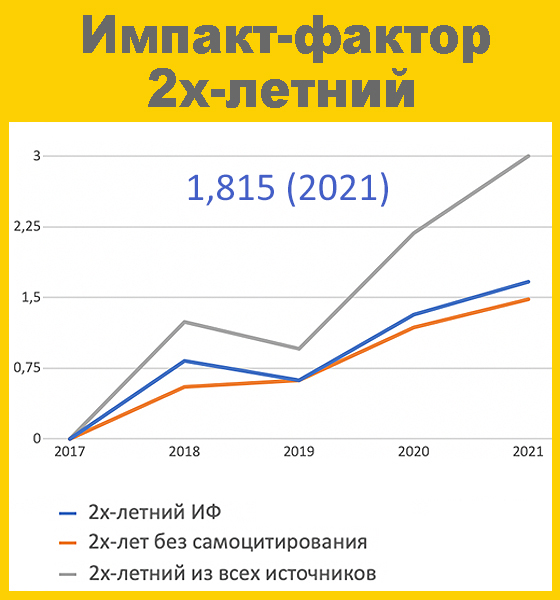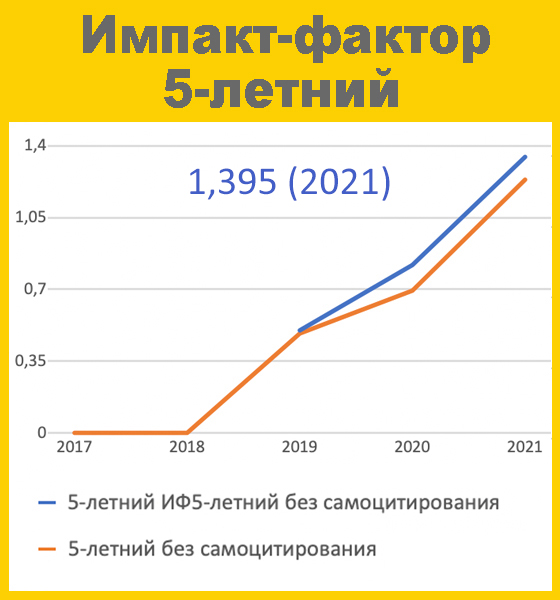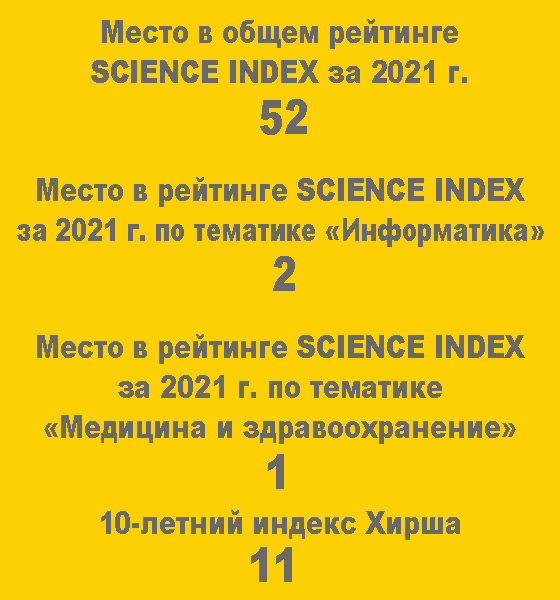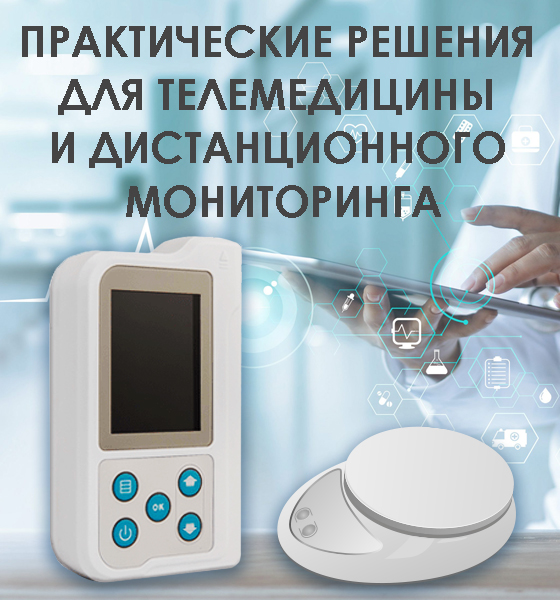Distance education in a medical university during a pandemic COVID-19: the first experience through the eyes of students DOI: 10.29188/2542-2413-2020-6-2-3-9
- Levanov V.M. – Doctor of Medical Sciences, Professor of the Department of Social Medicine and Health Organization of the Volga Research Medical Institute of the Ministry of Health of Russia, Nizhny Novgorod, Leading Researcher of the Laboratory of Medical Informatics and Telemedicine of the State Scientific Center of the Russian Federation – «Institute of Biomedical problems RAS», Moscow, Russia. ORCID 0000-0002-4625-6840
- Perevezentsev E.A. – Ph.D., Associate Professor of the Department of Social Medicine and Public Health Organization of the Federal State Budgetary Educational Institution of Higher Education «Privolzhsky Research Medical Institute» of the Ministry of Health of Russia, Nizhny Novgorod, Russia. ORCID 0000-0002-8537-6482
- Gavrilova A.N. – student of the medical faculty of the Volga Research Medical Institute of the Ministry of Health of Russia, Nizhny Novgorod, Russia
 2431
2431 Introduction: Present pandemic situation has determined using methods of distance education at organisations of higher education including medical universities.
Aim of this study was to examine medical students’ attitude to transition to distance forms of education for a period of pandemic.
Materials and methods.The authors conducted a questionnaire of 129 students about their attitude to distance education, assessment of its positive and negative characteristics and suggestions for improvement of the model implemented during two first weeks.
Results: In 2002 at Research University an implementation of distance education technologies started. The website of distance education (WoDE) http://sdo.pimunn.net is essential to students. In March 2020 the University switched to full distance learning model due to COVID-19 pandemic. The questionnaire among students allowed to reveal positive aspects of distance education: reduction of time and cost for moving between university campuses and clinical bases (55,2% of students), comfort of learning in habitual home environment (60,9%), opportunity of daily schedule planning (66,9%), stress level reduction (37,9%), self-discipline, opportunity of copying and reviewing of studying material (59,7%). Among disadvantages was limitation in using
Conclusions: Despite significant experience of e-learning and regulatory framework of application of distance education technologies, their using always was considered in a comprehensive manner with traditional intramural education and such transition leads to adaptation of electronic educational environment to new conditions.
Conflict of interest. The author declare no conflict of interest
| Attachment | Size |
|---|---|
| Download | 746.16 KB |
































